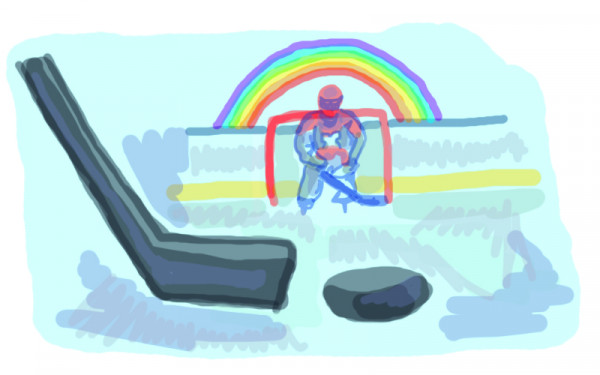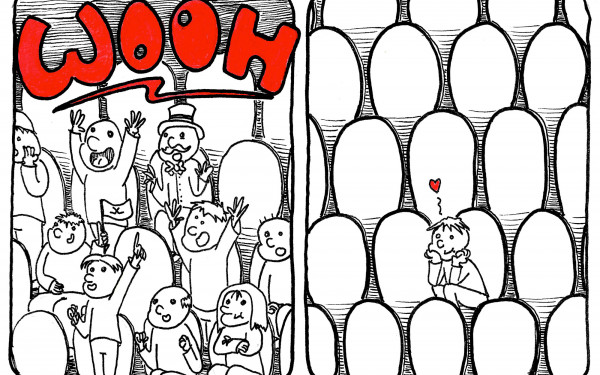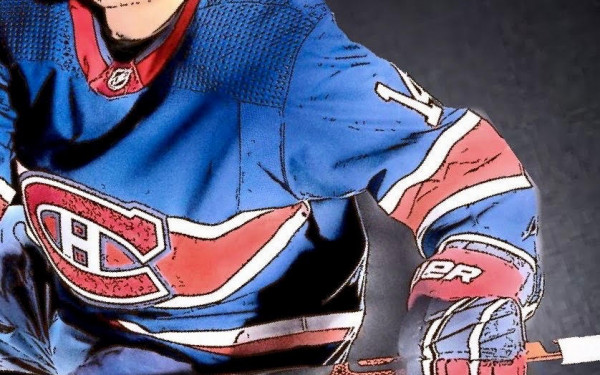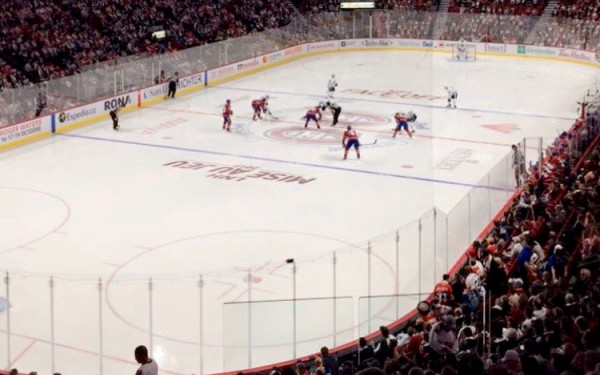NHL Salary Cap and Canadian Dollar Love Affair
Prior the beginning of the 2014-15 season, with the Canadian dollar trading at $0.88 USD, the salary cap was expected to go up from 69 to 73 million. However, with the recent free-fall of the loonie, trading currently at $0.80 USD, projections have been significantly lower, resulting in a potential disaster for certain clubs.
The cap consists of different restrictions that teams must follow. Each year, based on the projected revenues for the upcoming season, the NHL determines its maximum and minimum values.
The Canadian dollar has a major impact on how the league evaluates this. 76% of all revenues generated by the league come from only six teams. Three out of those six teams are Montreal, Toronto, and Vancouver. This means their revenue decreases in value as the dollar drops.
On average, a one-cent drop in the loonie removes $690,000 USD from a Canadian franchise’s net earnings.
Each player in the league is paid in USD. Canadian teams, who generate the majority of their income in CAD, have to take a loss on money exchange. Not to mention that most of teams in the US need to pay for hotel costs, and flights all in USD.
The Collective Bargaining Agreement is the contract that the NHL and the NHL Players Association signed during the 2004-2005-lockout season, integrating the aspect of the salary cap. At the next lockout in 2012-2013, the CBA was revised and new additions were added.
From the negotiations, the NHL added a component called revenue sharing. This is where the top ten most financially successful teams pool money, so other teams that need help can use it. This is how the entire league is affected. Since three of the top six highest-earning teams are Canadian, the value of money they put into the “revenue sharing pot” is worth less.
The first cap was set during the 2005-2006 season at 39 million, and as of 2014-2015, it’s at 69 million. That‘s a 77% increase over the span of 10 years.
Most clubs’ earlier speculations believed the cap would increase well above $75 million for the 2015-2016 seasons. A major reason was the $5.2 billion dollar Rogers TV deal the NHL signed, along with the increasing popularity of the sport across the US.
Now what does this mean for the Habs?
Well honestly, Marc Bergevin is probably one of the smartest GMs out there. He clearly understood the ramifications of the falling Canadian dollar and acted quickly. The Canadiens have big internal signings that need to be taken care of this summer, trying to retain restricted free agent Alex Galchenyuk.
Galchenyuk is currently in his third season and on pace to tally somewhere around 55 points. If we compare this to Evander Kane’s third season, where he got 57 points. What followed was a six-year 31.5 million dollar contract.
Bergevin, realizing the possibility of having to sign key players with little cap increase, traded Rene Bourque to the Anaheim Ducks and Travis Moen to the Dallas Stars. In exchange he got two players with expiring contracts, enabling him to leave room to add or resign players.
Regardless of what happens, teams now know that they have an extra dimension to consider when handling the management of their teams.
NHL commissioner Gary Bettman doesn’t seem too worried about the issue, saying, “I assure you, even with the decline in the Canadian dollar, the salary cap does not fall off a cliff.”

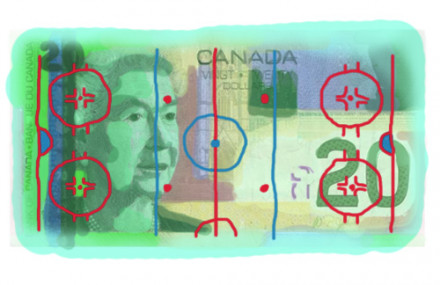
_600_832_s.png)

